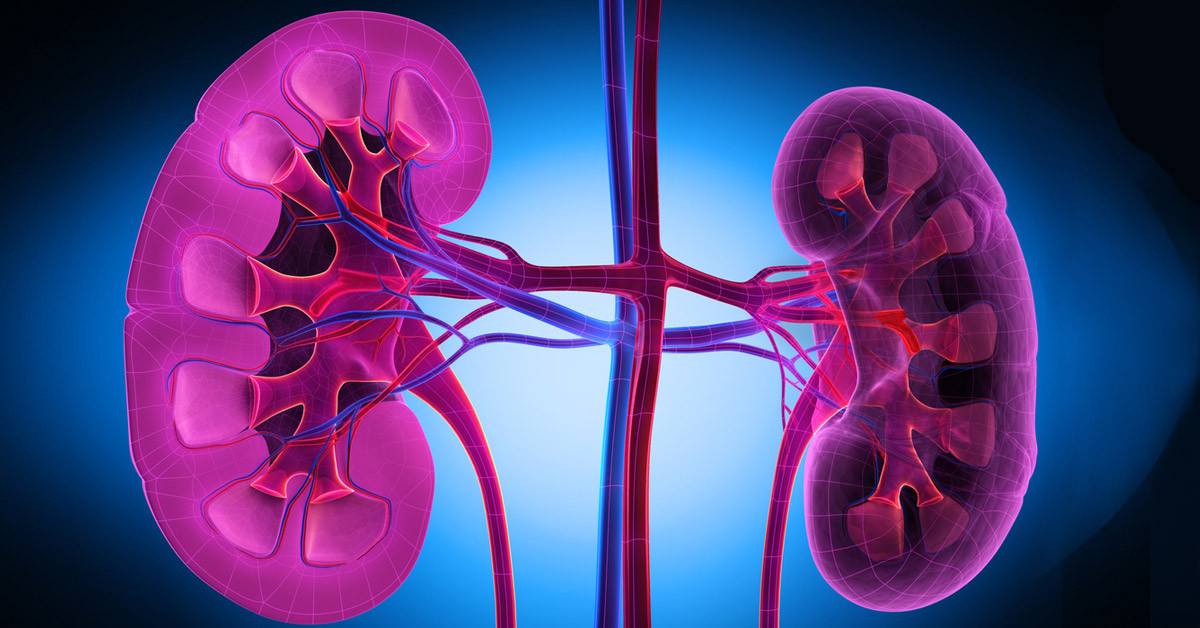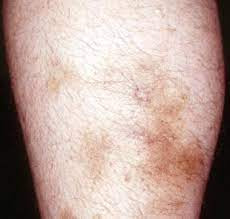Definisi
Systemic lupus erythematosus (SLE) pada anak, yang dapat disebut juga dengan lupus saja, adalah suatu penyakit yang ditandai dengan peradangan dan kerusakan pada organ, kulit, dan sendi. SLE diketahui memiliki periode kekambuhan (flare-ups) dan remisi (berkurang atau hilangnya gejala).
Penyebab
SLE adalah suatu penyakit autoimun. Pada penyakit ini, sistem imun tubuh menyerang sel dan jaringan sehatnya sendiri. Banyak faktor diketahui menyebabkan SLE. Faktor tersebut biasanya merupakan kombinasi dari faktor genetik dan faktor lingkungan.
Faktor Risiko
Kebanyakan orang yang menderita lupus adalah wanita muda. Rentang usia penderita bisa mulai dari usia remaja akhir hingga 45 tahun. Pada anak-anak, lupus paling banyak ditemukan pada anak usia 15 tahun atau lebih. Menurut Arthritis Foundation, sekitar 25.000 anak dan remaja menderita lupus atau penyakit yang berkaitan.
Meskipun lupus bukanlah penyakit yang diturunkan langsung dari orangtua ke anaknya, namun penyakit ini memang cenderung diturunkan di keluarga. Namun, risiko ini cenderung rendah dimana jarang sekali untuk dua saudara kandung menderita lupus bersamaan.
Gejala
Gejala lupus umumnya bersifat kronis (berkepanjangan), namun tingkat keparahannya dapat berkurang atau bertambah saat periode tertentu dalam hidup anak. Lupus dapat mempengaruhi anak dengan cara yang berbeda, namun gejala yang paling banyak adalah:
- Ruam malar
Ruam yang berbentuk seperti kupu-kupu yang biasanya muncul pada jembatan hidung dan pipi.
- Ruam diskoid
Ruam yang meninggi pada kepala, lengan, dada, atau punggung.
- Fenomena Raynaud
Suatu kondisi dimana pembuluh darah jari tangan dan kaki mengalami kekakuan ketika terpapar terhadap beberapa faktor seperti dingin, stress, ataupun penyakit.
Gejala lain yang sering muncul pada penderita lupus meliputi:
- Demam
- Kekakuan, nyeri, dan pembengkakan sendi
- Sensitivitas terhadap cahaya matahari
- Rambut rontok
- Luka pada mulut (sariawan)
- Cairan di sekitar paru, jantung, atau organ lainnya
- Penurunan berat badan
- Nafsu makan berkurang
- Energi rendah
- Pembengkakan kelenjar getah bening
Selain gejala diatas, gejala lupus juga dapat menyerupai kondisi atau gangguan medis lainnya.
Diagnosis
Lupus sulit untuk didiagnosis karena setiap orang dapat mengalami gejala yang berbeda dengan tingkat keparahan yang bervariasi juga. Tidak ada pemeriksaan tunggal untuk mendiagnosis lupus. Diagnosis didapat berdasarkan riwayat medis, gejala yang dialami anak Anda, pemeriksaan fisik, serta berbagai pemeriksaan diagnostik dan radiologi.
Pemeriksaan dapat meliputi:
- Pemeriksaan darah untuk mendeteksi antibodi tertentu yang terdapat pada hampir semua orang dengan lupus
- Pemeriksaan darah dan urin untuk menilai fungsi ginjal
- Pemeriksaan komplemen untuk mengukur kadar komplemen darah
- X-ray untuk memproduksi gambaran jaringan, tulang, dan organ dalam
- Laju endap darah (LED) untuk mengukur seberapa cepat sel darah merah jatuh ke dasar tabung pemeriksaan
- Pemeriksaan protein C reaktif yang digunakan untuk mendeteksi peradangan dalam tubuh
Tata Laksana
Lupus tidak dapat disembuhkan, pengobatan bertujuan untuk memperbaiki beberapa gejala lupus dan meningkatkan kualitas hidup. Jika gejala lupus yang dialami ringan, terapi mungkin tidak diperlukan, kecuali pemberian obat anti inflamasi non steroid (OAINS) untuk nyeri sendi.
Terapi lainnya dapat meliputi:
- Hidroksiklorokuin untuk meredakan gejala
- Kortikosteroid untuk mengontrol peradangan
- Obat imunosupresan untuk menekan sistem imun tubuh
- Antibodi monoklonal, seperti belimumab dan rituximab, yang dapat digunakan untuk pasien tertentu
- Hindari paparan langsung dari sinar matahari
- Istirahat, termasuk tidur malam minimal 8 sampai 10 jam
- Mengurangi stress
- Diet yang sehat dan seimbang
- Terapi terhadap infeksi yang segera
Anak dengan lupus tidak boleh menerima imunisasi dengan virus hidup, seperti cacar air, MMR (cacar, gondongan, dan rubella), serta vaksin polio tetes. Anda sebaiknya berkonsultasi ke dokter mengenai vaksinasi.
Anak dengan lupus memerlukan pemantauan yang rutin oleh dokter rheumatologis untuk memastikan penyakit terkontrol dan obat tidak menyebabkan efek samping. Bergantung pada organ yang terpengaruh oleh lupus, anak dapat membutuhkan perawatan oleh dokter spesialis ginjal, paru, kulit, otak, atau jantung.
Meskipun tidak ada penyembuhan untuk lupus, namun pada kebanyakan kasus, gejala dapat dikontrol melalui perubahan gaya hidup dan obat-obatan. Anak dengan lupus sering mendapat manfaat dengan berkonsultasi dengan konselor kesehatan jiwa seperti psikolog, psikiater, atau pekerja sosial yang berkompeten untuk mengurangi stres akibat menderita penyakit kronis.
Komplikasi
Komplikasi lupus dapat meliputi:
- Penyakit ginjal (nefritis)
Jika tidak diperiksa, penyakit ginjal dapat berkembang sampai ke tahap dimana anak membutuhkan dialisis (cuci darah) atau bahkan transplantasi ginjal. Ini adalah salah satu penyebab kematian terbanyak dari SLE pada anak.
Mau tahu informasi seputar nefritis lupus, klik di sini
- Gangguan sistem saraf pusat
Peradangan jaringan otak yang dapat menyebabkan perubahan mood, gangguan memori, kejang, dan bahkan stroke.
- Gangguan darah
Komplikasi terkait darah yang paling sering terjadi adalah kurangnya sel darah merah (anemia). Gangguan lain meliputi penurunan jumlah sel darah putih, yang dapat menyebabkan ifneksi, serta kurangnya keping darah, yang dapat menyebabkan gangguan pembekuan darah.
Mau tahu informasi seputar osteoporosis, klik di sini
- Artritis atau peradangan sendi
Peradangan sendi dalam jangka waktu yang lama dapat menyebabkan osteoporosis (pengeroposan tulang) dan ruang lingkup gerak sendi yang terbatas.
Mau tahu informasi seputar osteoporosis, klik di sini
- Gangguan pernafasan (peradangan selaput paru)
- Gangguan jantung dan pembuluh darah (peradangan pada selaput jantung)
Selain itu, semua anak dengan lupus memiliki risiko lebih tinggi untuk mengalami infeksi. Hal ini dikarenakan sistem imun yang tidak bekerja dengan baik dan obat lupus yang bekerja dengan cara menekan sistem imun tubuh, sehingga menurunkan perlawanan tubuh terhadap bakteri dan virus lebih lanjut.
Pencegahan
Tidak ada cara untuk mencegah lupus. Tidak ada vaksin dan tidak ada diet khusus untuk mencegah penyakit ini. Namun saat penyakit muncul, terdapat banyak cara penting yang dapat dilakukan untuk menangani penyakit ini yaitu dengan:
- Mengikuti pengobatan yang direkomendasikan oleh dokter
- Memberitahu dokter jika memiliki gejala baru
- Lakukan langkan untuk menghindari kekambuhan atau yang dapat memperparah kondisi
Untuk membantu menjaga gejala anak Anda tetap terkontrol, pastikan anak makan dengan baik dan tidur dengan cukup, serta berolahraga. Selain itu, hindari hal yang dapat mencetuskan kekambuhan, terutama paparan matahari berlebihan.
Kapan Harus Ke Dokter
Jika anak Anda mengalami gejala seperti demam, kelelahan, kekakuan sendi, dan ruam kulit, terutama jika ruam malar muncul, maka hal ini dapat mengindikasikan lupus. Anda harus segera berkonsultasi ke dokter anak Anda untuk.
Jika anak Anda sudah didiagnosis dengan lupus, Anda harus menghubungi dokter jika terdapat perubahan mendadak pada gejalanya atau timbulnya gejala baru. Selain itu, ingatlah bahwa infeksi dapat berpotensi lebih serius pada anak dengan lupus. Jika anak Anda mengalami demam atau merasa tidak enak badan yang semakin berat, segera beritahu dokter.
Mau tahu informasi seputar penyakit lainnya? Cek di sini, ya!
- dr. Lukita Tarigan
Lupus and children. Lupus Foundation of America. (n.d.). Retrieved March 21, 2023, from https://www.lupus.org/resources/lupus-and-children
Pediatric lupus (systemic lupus erythmatosus). Pediatric Lupus (Systemic Lupus Erythmatosus) | Boston Children's Hospital. (n.d.). Retrieved March 21, 2023, from https://www.childrenshospital.org/conditions/lupus
Pediatric lupus - conditions and treatments: Children's National Hospital. Conditions and Treatments | Children's National Hospital. (n.d.). Retrieved March 21, 2023, from https://childrensnational.org/visit/conditions-and-treatments/bones-joints-orthopaedics/systemic-lupus-erythematosus











